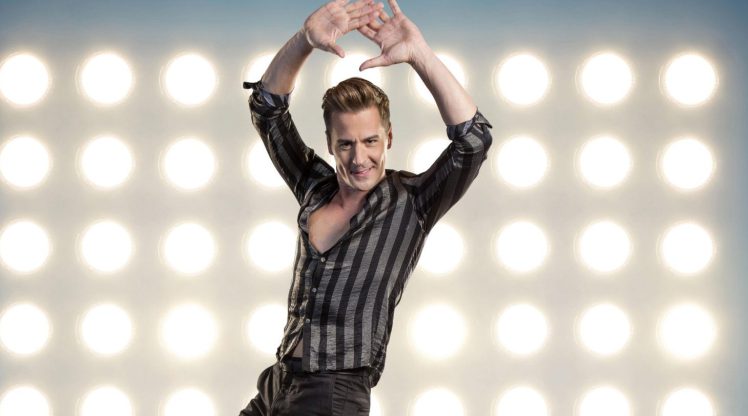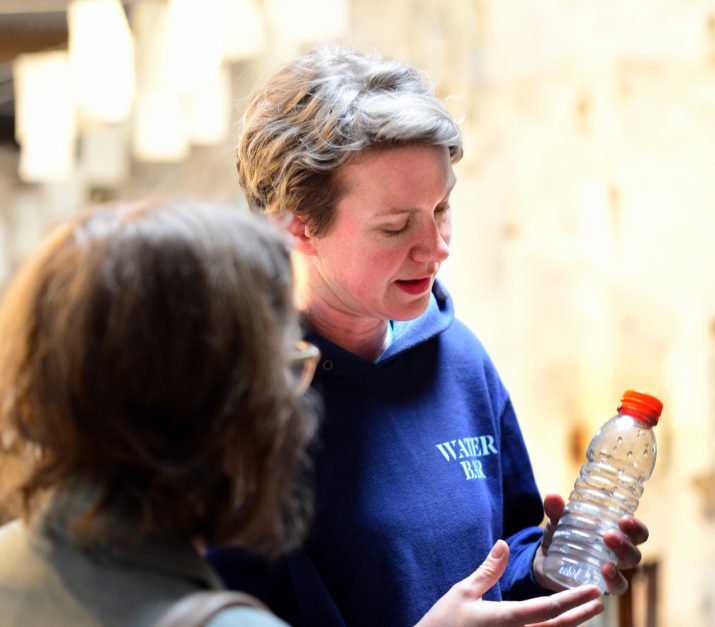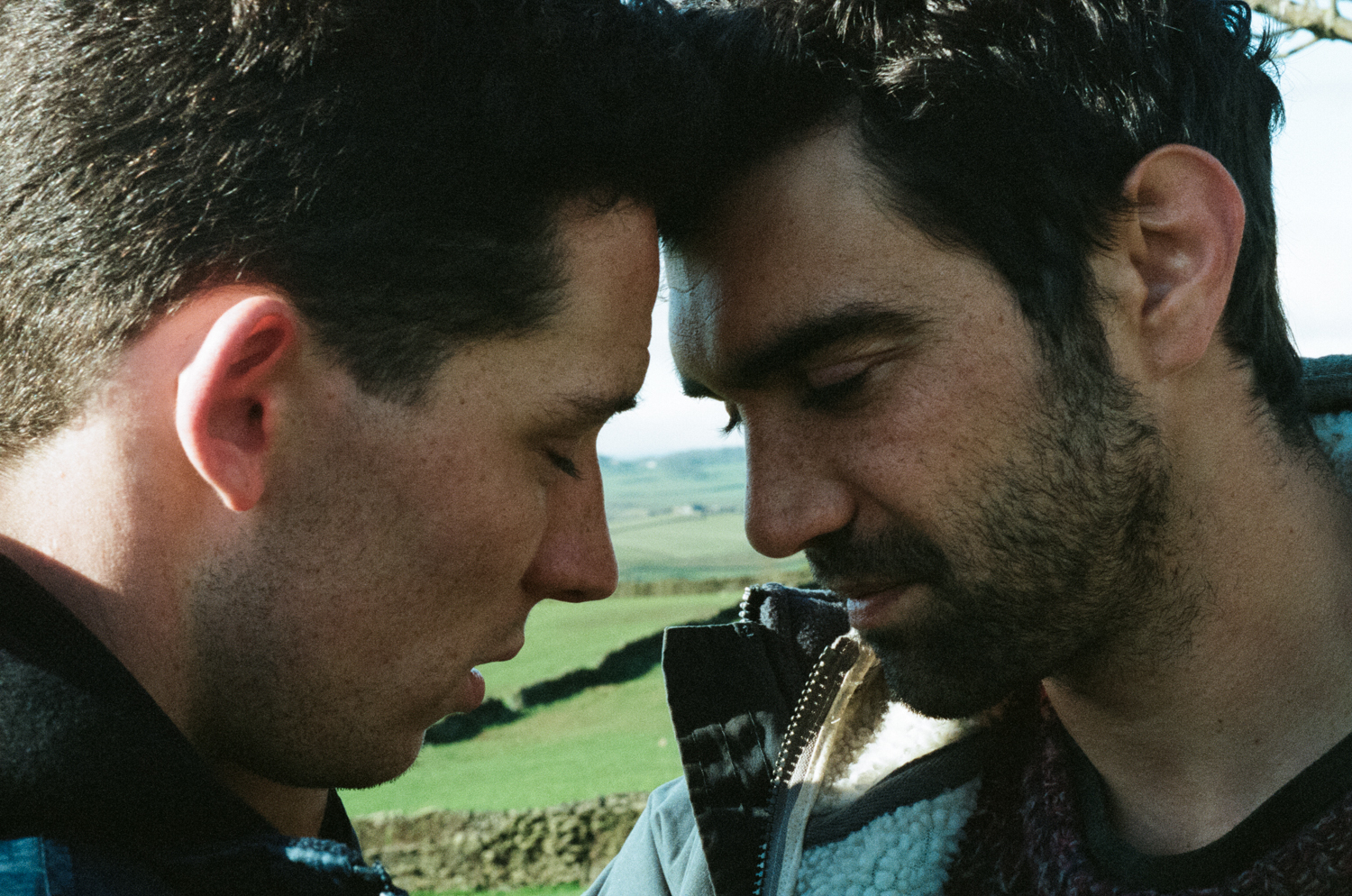Anyone who knows me will realise that any sharp intakes of breath I might elicit from passing fashionistas are considerably more likely to be gasps of horror than of approval. But even a benighted boy like me knows and appreciates the role ‘fashion bible’ Vogue has played over the last century as a cultural barometer.
The magazine has consistently placed fashion in the context of the larger world in which we all live, keeping a beady eye on how we dress, entertain, eat, listen to, and watch, as well as who leads us, excites or inspires us. As the seminal publication describes it, ‘from its beginnings to today, three central principles have set Vogue apart: a commitment to visual genius, an investment in storytelling, and a selective, optimistic editorial eye”. 
So even the likes of yours truly can’t help but be impressed by Vogue 100: A Century of Style, recently transferred from London’s National Portrait Gallery to Manchester Art Gallery to celebrate 100 years of cutting-edge fashion and portrait photography by British Vogue.
The exhibition showcases 280 modern and vintage prints from the Condé Nast archive and international collections, brought together to tell the story of the fashion magazine, as well as a special library display of 101 Vogue magazines, one per year of the magazine’s history, and two of Josh Olins’ new photographic portraits of the Duchess of Cambridge, published in the centenary issue of Vogue.
 Vogue 100: A Century of Style strikingly presents the remarkable range of photography commissioned by British Vogue since it was founded in 1916, including rarely seen images by such world-class photographers as Cecil Beaton, Lee Miller and Irving Penn, displayed alongside more recent work by celebrated artists such as David Bailey, Corinne Day, Patrick Demarchelier, Nick Knight, Herb Ritts, Mario Testino, Tim Walker and Jeurgen Teller.
Vogue 100: A Century of Style strikingly presents the remarkable range of photography commissioned by British Vogue since it was founded in 1916, including rarely seen images by such world-class photographers as Cecil Beaton, Lee Miller and Irving Penn, displayed alongside more recent work by celebrated artists such as David Bailey, Corinne Day, Patrick Demarchelier, Nick Knight, Herb Ritts, Mario Testino, Tim Walker and Jeurgen Teller.
Many of the faces that have shaped the cultural landscape of the last ten decades appear, from Henri Matisse to Francis Bacon, Lucian Freud to Damien Hirst, Marlene Dietrich to Gwyneth Paltrow, Lady Diana Cooper to Lady Diana Spencer, and Fred Astaire to David Beckham (photographed, incidentally, only yards from the gallery here in Manchester), along with some of the fashion designers who defined the look of the century, including Christian Dior, Yves Saint Laurent and Alexander McQueen.
Prints from Corinne Day’s controversial Kate Moss underwear shoot, taken in 1993 at the height of grunge, and Peter Lindbergh’s famous 1990 cover shot that defined the supermodel era, co-exist in the exhibition with a series of exceptional Second World War photographs by Vogue’s official war correspondent Lee Miller, as well as a rare version of Horst’s famous ‘corset’ photograph from 1939 (which inspired the video for Madonna’s hit song Vogue) and vintage prints by the first professional fashion photographer Baron de Meyer.
It’s fascinating stuff. When I spoke to the exhibition’s co-curator Fiona Corridan, she clarified the “extra Manchester flourishes” the show boasts.
“The exhibition spaces at the National Portrait gallery were very different, more of a series of discrete rooms, so the challenge in bringing the show to Manchester was retaining as much of the content as possible yet still making it feel as stylish. There’s much more open space at the gallery here and we’ve got much higher spaces, so the content of what you see here is very similar, about 96 per cent as a couple of works that weren’t allowed to join the tour for conservation reasons. There are certain elements that we’ve retained in terms of the colour palette and we’ve stuck with the chronology in terms of working backwards from the 2010’s right back to the early works.
“But what is very different from the National Portrait Gallery is that we’ve been allowed to use a piece of costume. That in itself is a big deal for us as we’ve got one of the biggest costume collections in the UK, here in Manchester, and we’ve received a huge grant from the Heritage Lottery Fund to buy couture for the collection. So we’re looking at really high-end pieces from across the decades and this piece came up, which is a 1937 Schiaparelli ensemble.” 
Elsa Schiaparelli was an Italian fashion designer who, along with Coco Chanel, is regarded as one of the most prominent figures in fashion between the two world wars. Her designs were heavily influenced by surrealists like her collaborators Salvador Dalí and Jean Cocteau, while her clients included some of the most dazzling names of the day.
“Pieces by her very rarely become available at all, let alone in museum condition,” Corridan enthuses. “And this piece was especially important because it was the same piece that Wallis Simpson had chosen as part of her wedding trousseau to the Duke Of Windsor. So historically it’s important but also she’s one of the most important couturiers of the 20th century and we were very happy to be able to link the Vogue show with the costume collection as we have a Schiaperelli exhibition at Platt Hall [the Gallery of Costume in Manchester’s Rusholme] at the moment. We knew there was going to be a Cecil Beaton image of Wallis Simpson and when it turned out to be one of her wearing that exact same outfit we were even more pleased.”
Visitors to Manchester Art Gallery may be surprised to see some of the extraordinary and obviously dangerous war pictures taken by Lee Miller, including a number taken ahead of the advancing Allied troops – and realise they were commissioned by Vogue.
“They aren’t really well known, she’s only really come to prominence in the last 10 or 15 years,” Corridan says. “I was talking to her grand-daughter and she was telling me how the bulk of her photos only came to light after Lee’s son had gone up into the loft looking for baby pictures and discovered this huge cache of amazing photos. But, yes, she was so brave and so revolutionary, putting herself in really dangerous situations to get these stunning images.
“It’s quite interesting as well in that the show is very heavily weighted, inevitably, in favour of male photographers photographing women. Even now, of course, the majority of fashion photographers tend to be men, although we do feature Corinne Day. So to have such strong powerful photos taken by such a strong powerful woman is really important, I think.
 “Some of the older photographs of some of the writers, like Evelyn Waugh, Aldous Huxley and John Osborne are really interesting too because they’re really candid, whereas most of the photos of women are obviously staged, fashion shots. So in this exhibition you have that balance of those very theatrical photos along with these very candid shots.”
“Some of the older photographs of some of the writers, like Evelyn Waugh, Aldous Huxley and John Osborne are really interesting too because they’re really candid, whereas most of the photos of women are obviously staged, fashion shots. So in this exhibition you have that balance of those very theatrical photos along with these very candid shots.”
Alongside the familiar images featured in Vogue 100: A Century of Style, a different exhibition, albeit one with discernible links to the higher-profile show, opened simultaneously at Manchester Art Gallery.
In Urban Style, a solo exhibition by Gabonese artist Boris Nzebo, some of his most recent canvases are gathered together for the first time from private collections. They tend to be huge and use strong colour palettes, depicting complex narratives from daily life in Douala, Cameroon’s largest city, where he lives and works. Stylised silhouettes of human heads are superimposed onto architectural facades and interior spaces, often evoking the murals and graffiti found throughout the city’s suburbs.
Nzebo is fascinated by the intricate, highly perfected hairstyles of the city dwellers which convey strong messages of personal expression.
“The shop signs of hair salons served as my first art books and gave me my first examples of painting,” he explains.
But why are they so large?
“Life has always seemed large to me, and so should be art.”
By Kevin Bourke
 Vogue 100: A Century Of Style is at Manchester Art Gallery until October 30, 2016 and Boris Nzebo: Urban Style continues until November 13, 2016
Vogue 100: A Century Of Style is at Manchester Art Gallery until October 30, 2016 and Boris Nzebo: Urban Style continues until November 13, 2016
To see a photo gallery of Vogue 100 on Northern Soul, click here











